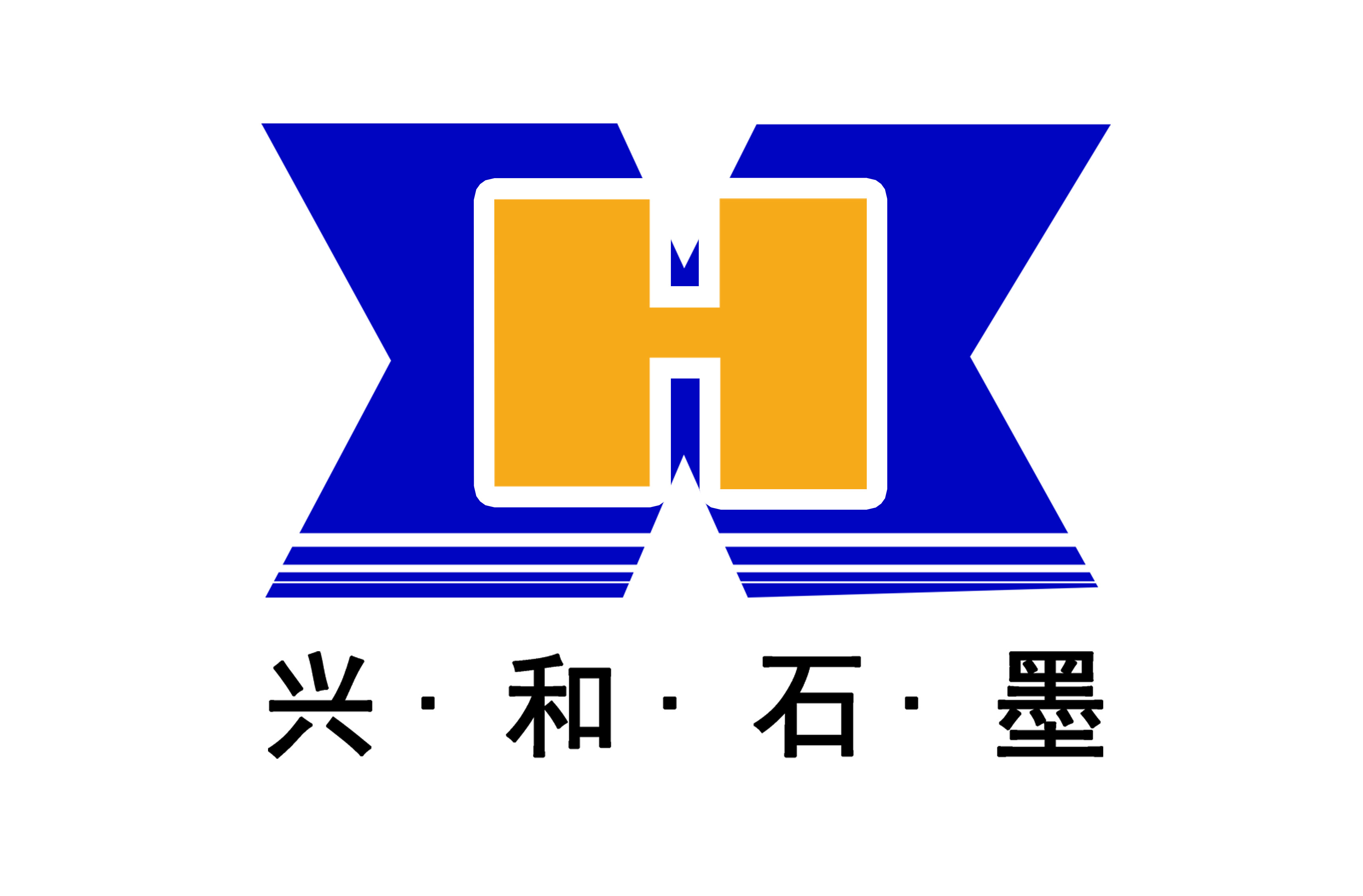· High Thermal Conductivity:
Flake graphite exhibits excellent thermal conductivity, which helps in dissipating heat efficiently in high-temperature environments, thereby enhancing the performance and lifespan of refractory materials.
· High-Temperature Resistance:
Flake graphite can withstand extreme temperatures without degrading, making it ideal for use in applications such as crucibles, molds, and furnace linings.
· Low Thermal Expansion:
It has a low coefficient of thermal expansion, meaning it does not expand significantly when exposed to high temperatures. This property contributes to the dimensional stability of refractory products.
· Chemical Inertness:
Flake graphite is chemically inert and resistant to most acids and alkalis, which makes it suitable for use in harsh chemical environments.
· Lubricity:
The natural lubricating properties of flake graphite reduce wear and tear on refractory components, leading to longer service life.
· Mechanical Strength:
When used in refractories, flake graphite enhances the mechanical strength and toughness of the material, providing resistance to cracking and spalling under thermal stress.






